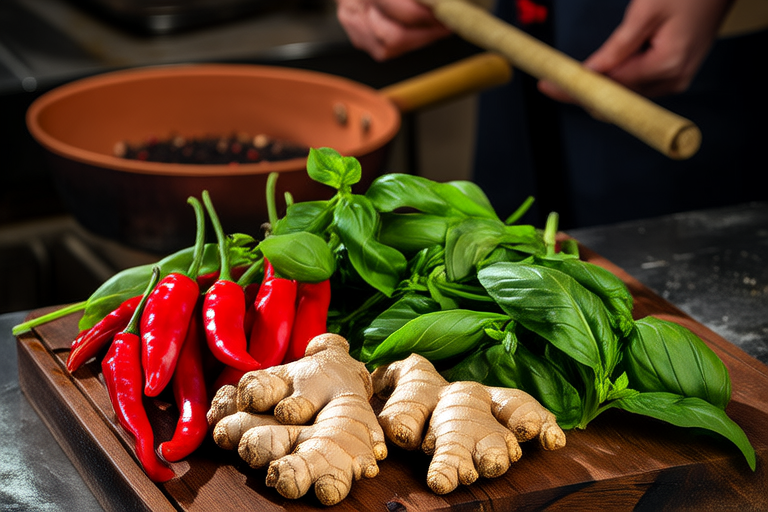Gastronomic Adventures: Journeying Through Flavors and Cultures

Gastronomic Adventures: Journeying Through Flavors and Cultures
Introduction
Gastronomic adventures are more than just tasting exotic dishes; they’re a profound way to connect with the essence of a place. Exploring local cuisine is essential for understanding a destination’s culture because food is often the most direct and accessible expression of a community’s history, traditions, and values. It serves as a cultural ambassador, inviting travelers into the heart of a society. Every bite tells a story, whether it’s about the land, the people, or the rituals that have been passed down through generations. In this article, we’ll delve into the rich tapestry of culinary experiences that enrich travel, from the role of food in cultural identity to the transformative power of sustainable gastronomy.
The Role of Food in Cultural Identity
Food shapes cultural identity by embedding itself into the very fabric of daily life, festivals, and celebrations. For instance, Italy’s pasta dishes aren’t merely sustenance; they’re a testament to centuries of agricultural practices and family traditions. Each region has its own unique pasta shape and sauce, reflecting local ingredients and historical influences. Similarly, Japan’s sushi is more than fish and rice; it’s a symbol of precision, balance, and respect for nature. The intricate preparation of sushi requires skill and patience, reflecting the Japanese ethos of harmony and order. These dishes are deeply rooted in specific cultures and carry significant meanings, making them invaluable windows into cultural identity.
Exploring Local Markets and Street Food
Visiting local markets and street food stalls offers an unfiltered glimpse into a region’s culinary heritage. These bustling hubs of activity are where authentic flavors come alive. In the markets of Marrakech, Morocco, the vibrant colors of spices and the tantalizing aromas of grilled meats create a sensory overload. Here, you can find tagines simmering over open flames, their fragrant steam mingling with the chatter of vendors. The street food in Bangkok, Thailand, is equally captivating. From the fiery papaya salad to the sweet mango sticky rice, each dish is a testament to the country’s diverse culinary landscape. Personal stories add depth to these experiences; one might recall a vendor sharing a family recipe or a local explaining the significance of a particular ingredient.
Culinary Tours and Cooking Classes
Guided culinary tours and hands-on cooking classes provide immersive ways to engage with local cuisine. These activities offer insights into the techniques, ingredients, and cultural nuances behind beloved dishes. In Mexico, for example, a cooking class might teach participants how to make tamales, a labor-intensive dish that involves wrapping masa dough around fillings and steaming it. The process reveals the care and attention to detail that goes into preparing traditional meals. Culinary tours, on the other hand, can take travelers through vineyards in Tuscany or spice plantations in Kerala, offering a comprehensive look at the origins of the flavors they taste. Both options allow travelers to connect with local chefs and food artisans, fostering a deeper appreciation for the art of cooking.